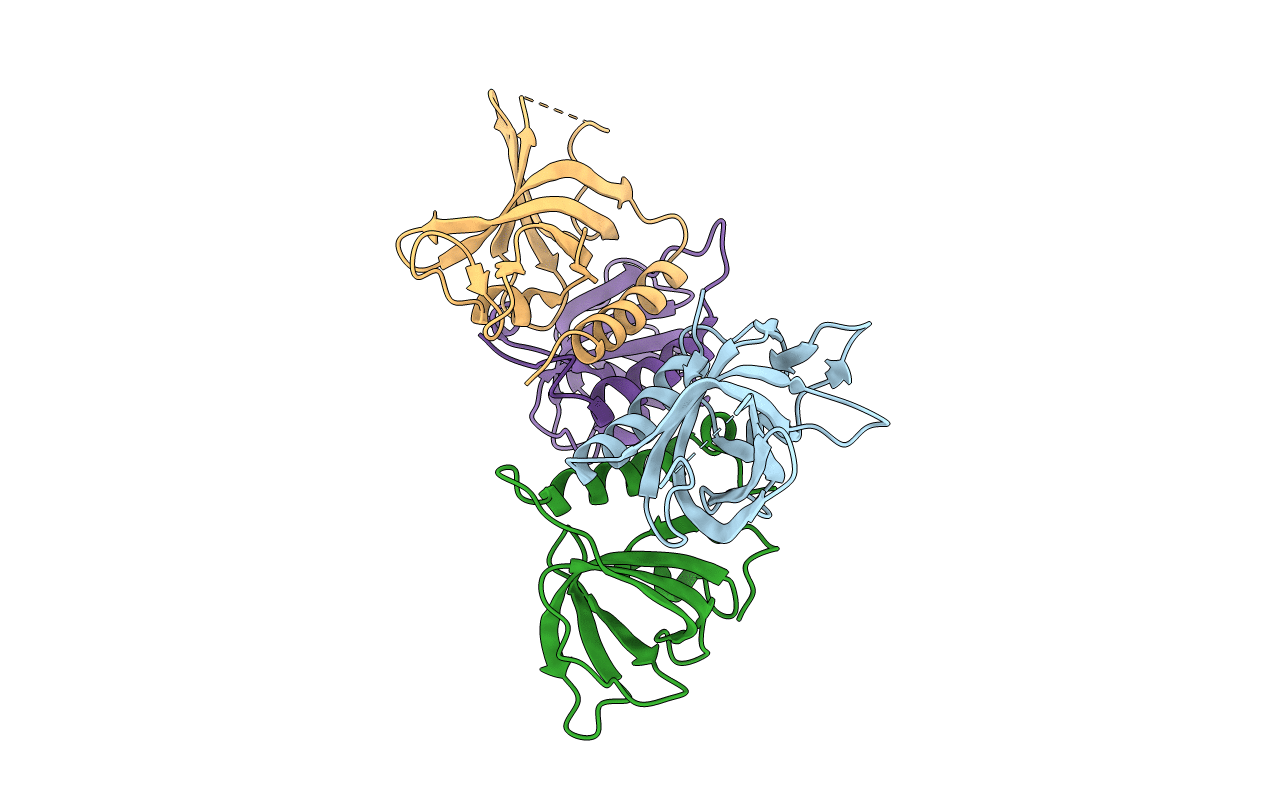
Deposition Date
1999-07-02
Release Date
1999-08-13
Last Version Date
2024-02-14
Entry Detail
PDB ID:
1QUQ
Keywords:
Title:
COMPLEX OF REPLICATION PROTEIN A SUBUNITS RPA14 AND RPA32
Biological Source:
Source Organism:
Homo sapiens (Taxon ID: 9606)
Host Organism:
Method Details:
Experimental Method:
Resolution:
2.50 Å
R-Value Free:
0.29
R-Value Work:
0.21
R-Value Observed:
0.21
Space Group:
P 21 21 21


